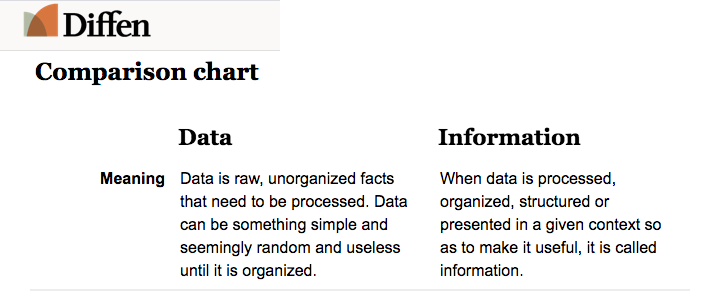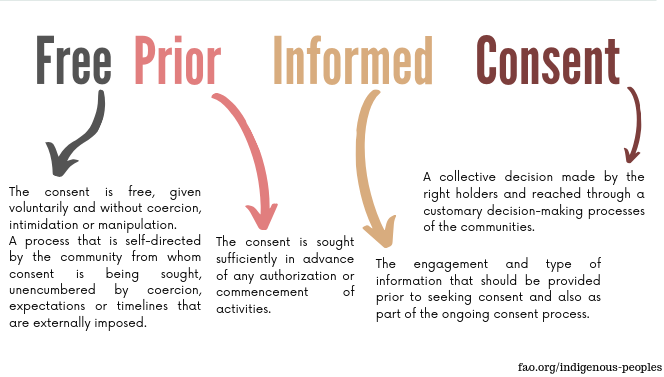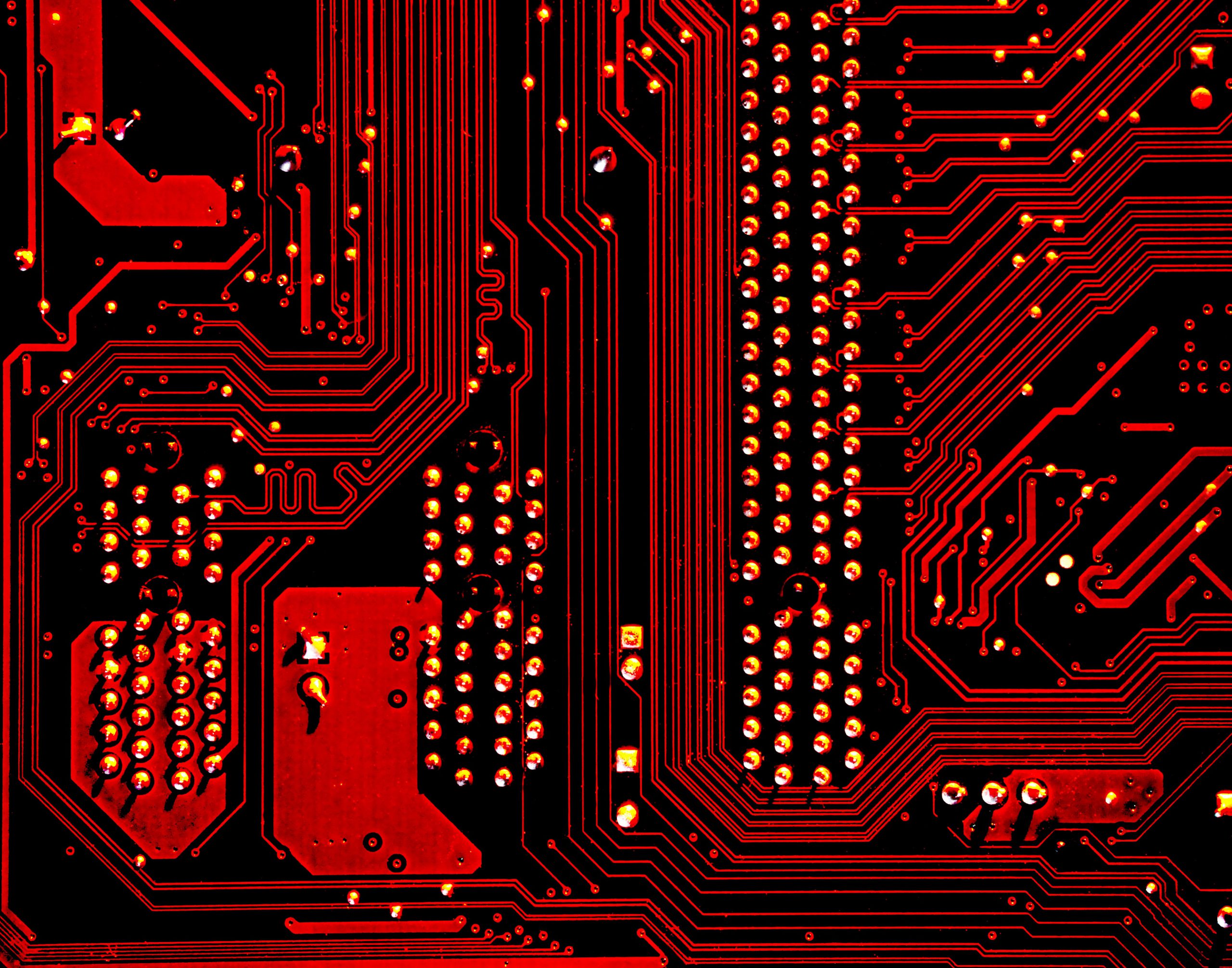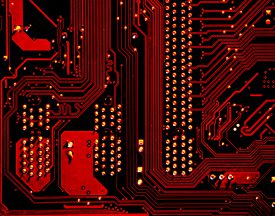My two previous blog posts regarding ICT4D and Indigenous Peoples have had data collection as a main topic. In the case of deforestation defence, the local network is collecting data to monitor illegal logging in the protected Prey Lang Wildlife Sanctuary and further reports these findings to policy makers and the general public. The Indigenous Navigator initiative, acknowledged both in mine and Johannas previous blog posts, contributes to the deficit of data on and by Indigenous People and the implementation (or lack of) their universal rights.
I say these are revolutionary initiatives for Indigenous People, holding great potential for the future. However, they also bring about the issue of Indigenous data security. As existing colonial powers of the world easily can get translated into our digital sphere, Indigenous Peoples and their data must be protected.
Our world has undeniably become increasingly digitalised and the issue of data security is now almost a mainstream point-in-question. Scandals regarding misuse of personal data, or data breaches, tops news headlines year after year. Some people react strongly and take to the streets and protest. Some people may not pay attention to it, having little idea what the fuzz is about. Even if it might actually concern them personally.
To get an idea of the immense scope of these type of schemes, Information is Beautiful have compiled an impressive infographic overview of cases since 2009: World’s Biggest Data Breaches & Hacks
It feels like data, crypto-currency and the internet as such, is a field that has become the wild west of our time. New turf is found quicker than regulatory practices. Therefore, it is important that we in this new sphere consider what is OK and fair, and primarily make sure to protect the marginalised from misuse of power.
Data
Alright, let’s tease out what this term, which we all probably have used her and there, exactly means. After a proper surf on the internet, following finds guides us to a concrete understanding what we are talking about.
Back to basics, reading through the article named “Data” on Wikipedia. The firsts sentence in the article defines the concept and reads: Data are characteristics or information, usually numerical, that are collected through observation. This is referenced back to the definition made by the OECD Glossary of Statistical Terms.
Ok good. Moving on to the Merriam-Webster dictionary, we have a twofold definition. Data is firstly: factual information (such as measurements or statistics) used as a basis for reasoning, discussion, or calculation. Secondly, it is also defined as information in digital form that can be transmitted or processed.
Just to have a little variation, lets also include definition made by The Cambridge Dictionary, saying that data is: information, especially facts or numbers, collected to be examined and considered and used to help decision-making, or information in an electronic form that can be stored and used by a computer.

Simply put, data seems to be information. It can be collected and stored online when we fill out forms, take pictures of illegal logging activities, go online-shopping or just roam around in our social media accounts. However, data is not equal to information. Data can be used to produce information. The processing of data into information needs a human input. It is therefore prone to be influenced by different social aspects, world-views and norms.
Indigenous Data Sovereignty
Data produces for information, and this, in the wrong hands, means trouble. So really, it’s the control over data that has become increasingly important, as it is a form of asset or resource.
I interpret data sovereignty as the intent of making data management (collection, process, storage, access) a juridically regulated matter. Adding the Indigenous bit in the concept makes it refer to the people and groups who often otherwise get overlooked in the country-specific requirements of data sovereignty regulations.
Indigenous Data Sovereignty has emerged as an important topic over the last few years, raising fundamental questions regarding ownership, control, intellectual property and representation. IWGIA defines the concept as:
The right of Indigenous Peoples to own, control, access and possess data that derive from them, and which pertain to their members, knowledge systems, customs or territories.
This new, digital turf has a need for research and consensus. Pioneering in the field and the source of inspiration for this post is the book Indigenous Data Sovereignty – Toward an Agenda from 2016. Insightful research and relevant case studies are analysed in the backdrop of colonial impacts on indigenous data sovereignty, working towards the setting international standards for safeguarding Indigenous data.
A way of understanding the matter is basically that Indigenous people’s rights must be translated into this data-revolutionised world we live in. For example: a main tool for Indigenous development and safeguarding territories have been FPIC.

This principal right should be applied when it comes to data as well. The respect of their right to have their free, prior and informed consent obtained before data are gathered and disseminated is crucial.


